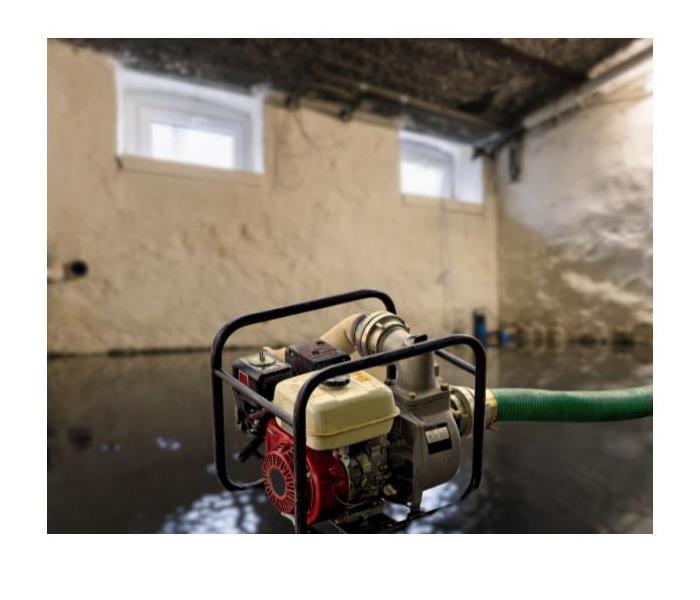5 Essential Tips to Mitigate Flood Risks in Salt Lake City, UT
5/18/2024 (Permalink)
Salt Lake City, Utah, nestled against the majestic backdrop of the Wasatch Mountains, is not immune to the threat of flooding. With its unique geography and occasional severe weather patterns, the city faces the potential for devastating floods. However, with proactive measures and community involvement, the risks can be significantly reduced. In this blog, we'll explore five crucial tips to mitigate flood risks in Salt Lake City.
1. Understand Your Flood Risk:
Knowledge is power when it comes to flood preparedness. Begin by understanding your property's flood risk. The Federal Emergency Management Agency (FEMA) provides flood maps that delineate areas prone to flooding, known as Special Flood Hazard Areas (SFHAs), and the degree of risk in those areas. By accessing these maps, residents can assess their vulnerability and take appropriate action. Additionally, local authorities often offer flood risk assessment tools and resources to help residents better understand their exposure.
2. Invest in Flood Insurance:
One of the most effective ways to safeguard your home and belongings against flood damage is by investing in flood insurance. Many homeowners mistakenly assume that their standard homeowner's insurance policy covers flood damage, only to find out too late that it does not. In Salt Lake City, where flash floods and heavy rainfall can occur, having flood insurance is essential for financial protection. The National Flood Insurance Program (NFIP) provides coverage for homeowners, renters, and businesses in participating communities. While it may seem like an additional expense, the peace of mind and financial security it offers in the event of a flood are invaluable.
3. Maintain Your Property:
Regular maintenance of your property can help mitigate flood risks and minimize potential damage. Keep gutters and downspouts clear of debris to ensure proper drainage away from your home's foundation. Grade your yard away from the building to prevent water from pooling around the structure. Inspect and maintain your sump pump to ensure it is functioning correctly during heavy rainfall. Consider installing backflow valves to prevent sewage backup into your home during flooding. By staying proactive with property maintenance, you can reduce the likelihood of flood-related issues.
4. Implement Floodproofing Measures:
Floodproofing involves retrofitting your home to minimize flood damage and increase its resilience to flooding. There are several floodproofing techniques that homeowners in Salt Lake City can consider, depending on their property's specific needs and vulnerabilities. Elevating electrical systems, appliances, and HVAC equipment above potential flood levels can prevent costly damage and reduce safety hazards. Installing flood barriers, such as sandbags or flood gates, can help divert water away from your property or create barriers to protect vulnerable entry points. Additionally, sealing walls, floors, and openings with waterproofing materials can help prevent water intrusion during a flood event.
5. Engage in Community Preparedness Efforts:
Flood preparedness is not solely the responsibility of individual homeowners; it requires community-wide collaboration and coordination. Get involved in local flood preparedness efforts by participating in community meetings, volunteering with emergency response organizations, or joining neighborhood flood mitigation initiatives. Stay informed about emergency evacuation routes, shelters, and communication channels in the event of a flood emergency. Encourage your neighbors to take proactive measures to reduce flood risks, such as proper drainage maintenance and flood insurance coverage. By working together as a community, Salt Lake City residents can enhance their collective resilience to flooding.
In Salt Lake City, as in any flood-prone area, taking proactive steps to mitigate flood risks is essential for safeguarding lives, property, and livelihoods. By understanding flood risks, investing in flood insurance, maintaining properties, implementing floodproofing measures, and engaging in community preparedness efforts, residents can significantly reduce their vulnerability to flooding. While it's impossible to completely eliminate the threat of flooding, these tips can help residents better prepare, respond, and recover from flood events, ensuring a more resilient and secure future for Salt Lake City.

 24/7 Emergency Service
24/7 Emergency Service
